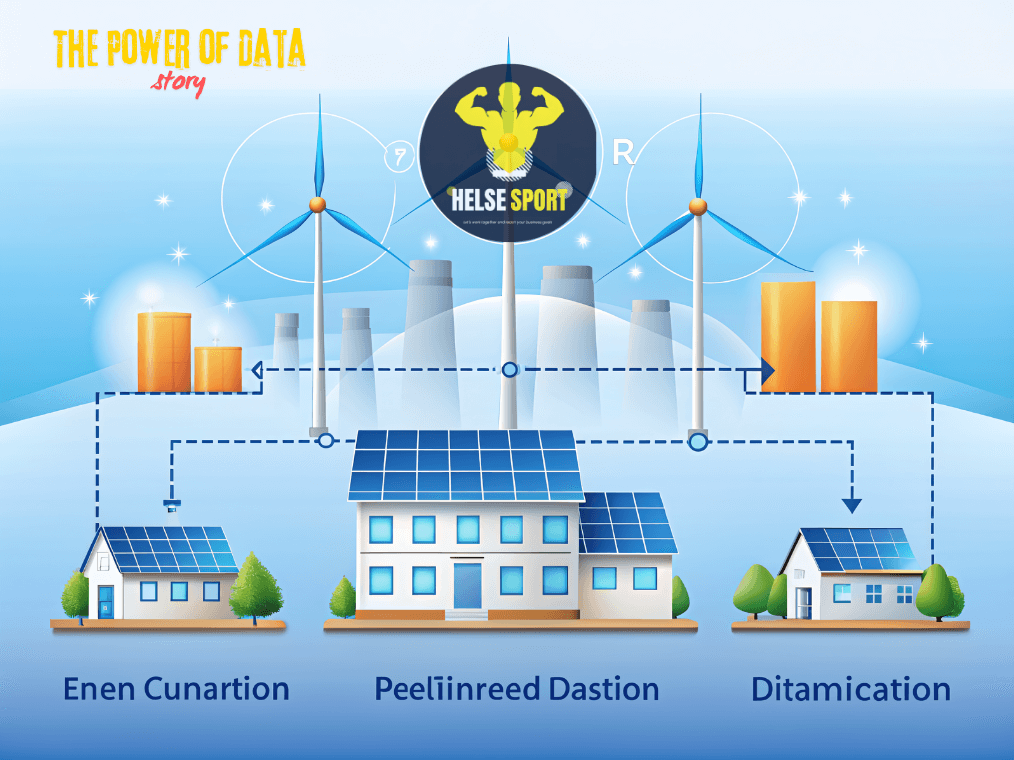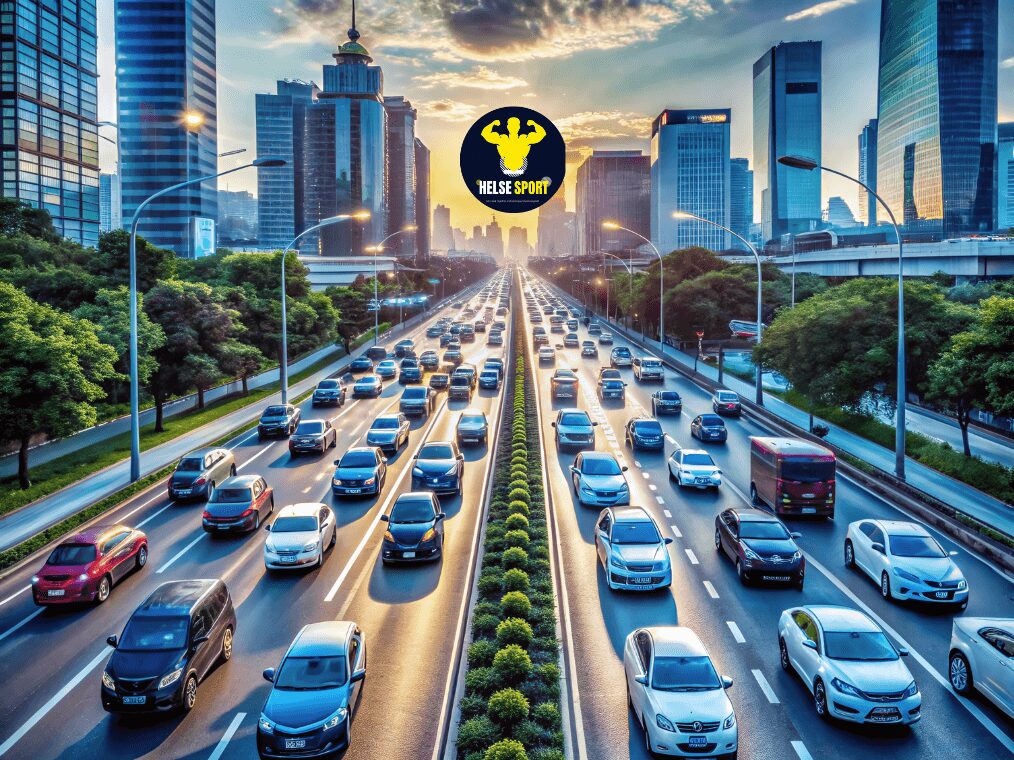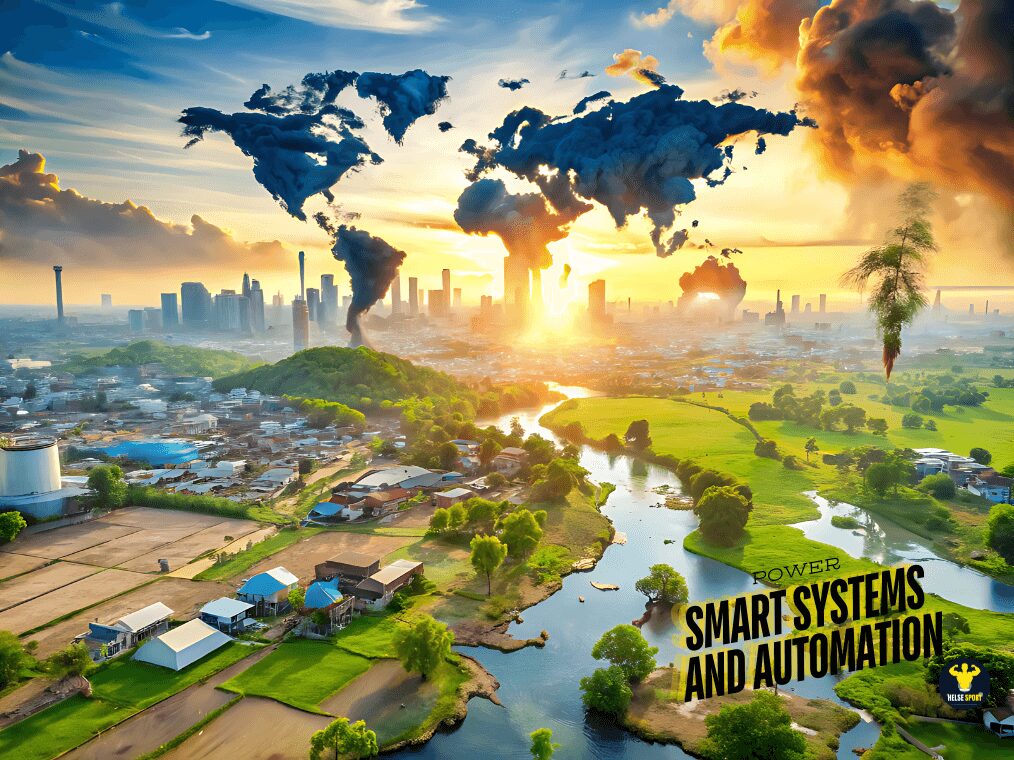Hey there! How’s it going? The super cool Tackling Climate Change with Machine Learning Workshop happened at the International Conference on Learning Representations (ICLR in Vienna, Austria, and online in May. Guess what? They gave the best award to a group that uses machine learning to forecast the weather.
Hey, take a look at this cool picture! It shows three globe graphs that predict how fast the wind will blow near the ground and the average sea level pressure for five days. Back on December 31, 2020, a massive storm slammed into Alaska, setting a new low-pressure record in the Pacific Ocean. A group of smart people from the University of California-Los Angeles, Carnegie Mellon University, Argonne National Laboratory, and Penn State decided to test Stormer’s ability to forecast this incredible event five days beforehand. Big shoutout to these researchers for sharing such an amazing image with us
Climate Change Control

Romit Maulik, who works at Penn State’s Institute for Computational and Data Sciences (ICDS) and is an assistant professor in the College of Information Sciences and Technology, co-wrote the winning article titled “Scaling transformer neural networks for skillful and reliable medium-range weather forecasting.” The study explored using modern artificial intelligence (AI) techniques for forecasting, comparing them to traditional methods currently in use for operational forecasts.
Maulik explained, “This represents a big change from the usual forecasts provided by various agencies. Those forecasts often require hefty computing resources, leading to high computational costs. We wanted to explore a different approach.”
According to Maulik, the AI model learns weather patterns by analyzing data from historical sources like satellite images and past forecasts. The model is based on computer vision techniques.
“After training the model, it can generate real-time forecasts without needing access to massive computing power. Once the neural networks are trained and deployed, the model can run effectively on a laptop and potentially even on smaller devices like cell phones,” Maulik elaborated.
This collaboration has lasted a year and involves these institutions: University of California-Los Angeles, Carnegie Mellon University, Argonne National Laboratory, and Penn State.
Hey there! Maulik mentioned that the ICLR holds seminars discussing various AI-related topics. Researchers have the opportunity to showcase their work and receive feedback.
Kulik emphasized, “Securing a spot in these workshops, which are pretty competitive, really boosts the visibility of our paper. It allows us to gather valuable insights from the AI and domain sciences community, enhancing methods significantly. Winning the award is awesome as it acknowledges our hard work. But, our ultimate goal remains unchanged. We do enhance our current models and create a strong contender for traditional weather forecasting methods.”
One of the main goals, as per Maulik, is for researchers to improve the accuracy of predicting extreme weather events compared to existing models.
Wrapping up, Maulik expressed, “We are looking at tackling bigger challenges ahead. However, as computational scientists, our focus is on solving problems first and then figuring out the tools. We strive to blend classical and machine learning approaches without showing favoritism towards either.”
Maulik, along with Tung Nguyen, Rohan Shah, Hritik Bansal, Troy Arcomano, Veerabhadra Rao Kotamarthi, Ian Foster, Sandeep Madireddy, and Aditya Grover are some of the authors and collaborators involved in the article.
A Machine Learning Approach to Sustainability

Hey there! Isn’t it crazy how climate change is such a big deal these days? It’s causing all sorts of problems for ecosystems, economies, and societies worldwide. People are putting in the effort to find ways to deal with it. And guess what? Artificial Intelligence (AI) and Machine Learning (ML are joining in to lend a hand!
Understanding the Climate Challenge
Climate change is a super important issue that affects the entire planet. It’s all because of human activities like burning fossil fuels, cutting trees, and industrial things that are messing up Earth’s climate patterns. This leads to more greenhouse gas emissions such as carbon dioxide and methane, warming up the atmosphere. And you know what happens then? We get crazy weather changes like intense heat waves, storms, and rising sea levels. It’s pretty serious stuff!
The climate challenge is kinda tough because it’s all connected to our environment, economy, & society. Climate change affects regions differently, with marginalized communities often bearing the brunt. It’s super important to cut greenhouse gas emissions and also address the going on right now.
Climate experts use various data sources like satellites, ground measurements, and fancy climate models to get a grip on today’s climate and predict what might go down in the future. With all this, they can spot patterns, and trends, and take a crack at how climate change might hit us. Climate science needs scientists from different fields like meteorologists, ecologists, and oceanographers to team up and figure out how climate works.
The Power of Data
Hey there! Let’s talk about the super cool stuff that data can do when comes to dealing with climate change. It’s totally because data can show us patterns, find connections, and give us super important insights that help us make really smart decisions. In the big battle against climate change, data is like the super foundation that helps us come up with really good plans. It’s all different kinds of info, like old climate records, what’s happening in the environment right now, and even how people use energy based on socio-economic factors.
Guess what? Machine Learning (ML) and Artificial Intelligence () are like superheroes it comes to looking at all this data fast and figuring out things that we humans can’t do as quickly. They’re so good at understanding all the little details in huge piles of data that they can help us see exactly how climate works. For example, AI models can go through tons of temperature, rain, and air info from years back to see changes that tell us about climate change. This means they can help us make better guesses about what might happen in the future and come up with smart plans.
Data is like our best buddy in making sure we use resources wisely and save energy. By checking out how different industries use energy, AI can show where we can do better and give tips on how to be more eco-friendly. Plus, being able to look at massive amounts of data helps create new ideas for making clean energy, better transportation, and solid infrastructure.
Energy Efficiency and Optimization

When we talk about saving energy and making things work better, that’s what we mean by energy efficiency and optimization. It’s like using smart tools to use less power and get the most out of our machines. This is super important because the way we use energy is a big deal for the environment with all those gases going into the air. Let’s dive into the main points:
Collecting Data to Save Energy
To make things run smoother, we need lots of data in AI. When it comes to energy efficiency, having detailed and different kinds of data is key. We gather info on how much energy is used, what the environment is like, and how well our systems are doing from gadgets like sensors, meters, and other monitoring gizmos.
- AI needs data to work well, especially in saving energy. The more detailed and varied the data, the happier AI is. It collects info on how energy is used, the environment, and how systems are doing from sensors, meters, and other devices.
- To figure things out, AI uses machine learning to study data. It looks for patterns, trends, and odd things. For instance, it can spot when lots of energy is used, when some systems working well, or when there’s a chance to make things.
Smart Systems and Automation
- Hey there! Let’s chat about Smart Buildings and how AI acts like a superhero in managing resources such as lighting, heating, and cooling. Using sensors, AI detects when people are nearby and adjusts the lights and climate accordingly to make things just perfect.
- Moving on to Optimizing Energy Distribution – sounds fancy, doesn’t it? AI is a real pro at predicting necessary electricity levels and where it’s needed most in energy grids. This ensures that power is distributed efficiently without any wastage.
Optimizing Energy Distribution
- Oh, Renewable Integration is pretty cool too! AI helps smoothly integrate renewable energy sources into the grid. determines the optimal times for generating wind or solar power based on weather conditions.
- And finally, let’s talk about Industrial Automation. AI works its magic in manufacturing by making small adjustments to save energy while maintaining top-notch production quality. Such a helpful tool!
Transportation Efficiency
- Moving on to Transportation Efficiency – AI does wonders with Traffic Management in cities! It keeps traffic flowing smoothly to save time and fuel. Less time stuck in traffic means less air pollution too!
- Last but not least, Electric Vehicles get some love from AI as well. It plans out the best times to charge them up based on things like how busy the grid is or when electricity costs are low. Efficiency at its finest!
- Isn’t technology amazing? So many ways AI can make our lives easier and more eco-friendly. Cool stuff, right?
Climate Modeling and Simulation
Climate modeling and simulation are super important in the study of climate change. They help scientists understand and predict how the Earth’s climate works. Climate models are like fancy computer programs that show how different parts of the climate (like the air, ocean, land, and ice) interact. These models use a lot of data, from old climate records to info about things like greenhouse gases.

The big idea behind climate modeling is to get better at guessing what might happen with the climate in the future under different conditions. Machine Learning (ML) and Artificial Intelligence (AI have made these models way better. ML can look at big sets of data and find hidden patterns and connections that normal ways can miss. This means we can make more precise predictions about how the climate might change based on different stuff happening.
The cool thing about these simulations is that they let scientists play around with “what if” ideas. Like, what would happen if we had more or less greenhouse gases? Or if we did certain things to fix the climate? These simulations are key in telling policymakers and everyone else about the possible risks of climate change. They also help figure out what to do to protect against it, like making rules, building stuff, or putting money in certain places.
Monitoring and Conservation

Hey! Guess what? Artificial Intelligence (AI) is changing the game of keeping our environment safe and sound. With AI by our side, we can watch nature like never before. Thanks to AI technology, we can monitor ecosystems with incredible precision, giving us a whole new viewpoint.
By using machine learning on satellite images, we can track deforestation, keep an eye on wildlife movements and quickly notice any changes in biodiversity. And guess what? Out in the sea, AI is helping us watch over endangered species, which is super important for conservation efforts. How cool is that?
The best part? AI can process huge amounts of environmental data super quickly and with impressive accuracy. This helps conservationists make smart choices to manage our natural resources sustainably. Thanks to AI-driven monitoring and conservation projects, we’re getting a much better understanding of how ecological systems work. And that’s crucial for preserving biodiversity and tackling the issues brought on by climate change. Nice work, AI!
Challenges and Ethical Considerations
Hey! Let’s chat about how Artificial Intelligence (AI) can help with fighting climate change. It’s super important to understand the hurdles and ethical concerns that go along with it. One major hurdle is keeping data private. AI needs tons of data to learn, but gathering it could involve personal information.

We need to find ways to use data for good while still respecting privacy. Bias in algorithms is another concern. If AI learns from biased data, it could worsen existing inequalities. Some communities might benefit more than others from AI solutions. Fixing bias is not just a tech issue; it’s our ethical duty to ensure everyone benefits equally.
Oh, and let’s not forget about AI’s impact on the environment! Training AI models consume a lot of energy, leading to a significant carbon footprint. Balancing AI advantages with its environmental impact is complex. We require energy-efficient algorithms and eco-friendly computing practices to tackle this ethical problem for a more sustainable future.
Online Platforms for Artificial Intelligence
Hey there! Let’s talk about Online Platforms for Artificial Intelligence, shall we?
SAS
So, SAS is top-notch when it comes to AI courses. They teach machine learning, deep learning, and data analytics. And guess what? Their certifications are super cool and can boost your career in the AI world!
Peoplecert
Check out Peoplecert – they’ve got some cool AI courses. You’ll get to dive deep into AI basics, machine learning, and neural networks. On top of that, you’ll bag some valuable certifications to stand out in the fast-paced world of Artificial Intelligence. Pretty awesome, huh?
Skill floor
Hey, then there’s the Skill floor. They offer a bunch of artificial intelligence classes, ranging from basic to advanced levels. Get the lowdown AI algorithms &, machine learning, and neural networks. Complete these courses and watch your career soar in this ever-evolving field!
IABAC
IABAC is another great option for diving into the world of Artificial Intelligence. Their courses cover everything from machine learning to data analysis and neural networks. Enhance your AI skills with IABAC’s well-known programs.
IBM
Hey there! Did you know that IBM offers lots of AI courses? Yep, they’re all about machine learning, data science, and AI development. Pretty cool, right? And when you finish their certifications, it shows you’re an expert in AI stuff. That can help your career in the AI world.
Do you know what else is awesome? Using Artificial Intelligence and Machine Learning to fight change. It’s like a light at the end of the tunnel for our planet’s future. These techs use data to help us figure out how to deal with environmental problems better. They can predict stuff and help us make smarter decisions. From saving energy to simulating climate change, AI is like a superhero in our mission for sustainability.
But hey, as we embrace these cool innovations, we must also think about ethics. Everyone should be able to benefit from AI, right? By working together with tech, laws, and people, we can unlock the true power of AI to make our planet strong and green for everyone. So let’s team up and make Earth a better place with the help of AI!




